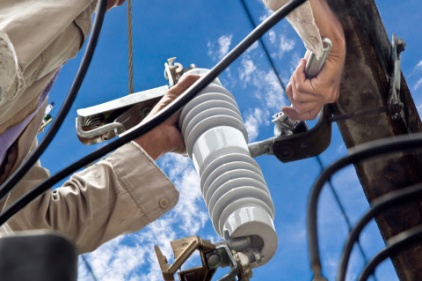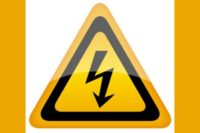OSHA announces final rule for electric power generation, transmission and distribution

 On April 11, 2014, OSHA published in the Federal Register its final rule updating safeguards for employees exposed to electric power generation, transmission and distribution work zones.
On April 11, 2014, OSHA published in the Federal Register its final rule updating safeguards for employees exposed to electric power generation, transmission and distribution work zones.
"This long-overdue update will save nearly 20 lives and prevent 118 serious injuries annually," said OSHA chief Dr. David Michaels.
OSHA’s final standard revises the 40-year-old construction standard for electric power line work to make it more consistent with the corresponding general industry standard. Also included are some revisions to the construction and general industry requirements.
The updated standards for general industry and construction include new or revised provisions for host and contract employers to share safety-related information with each other and with employees, as well as for improved fall protection for employees working from aerial lifts and on overhead line structures.
The standards adopt revised approach-distance requirements to better ensure that unprotected workers do not get dangerously close to energized lines and equipment.
The final rule also adds new requirements to protect workers from electric arcs.
General industry and construction standards for electrical protective equipment are also revised under the final rule. The new standard for electrical protective equipment applies to all construction work and replaces the existing construction standard, which was based on obsolete information, with a set of performance-oriented requirements consistent with the latest revisions of relevant consensus standards.
The new standards address the safe use and care of electrical protective equipment, including new requirements that equipment made of materials other than rubber provide adequate protection from electrical hazards.
The final rule will result in estimated monetized benefits of $179 million annually, with net benefits equal to about $130 million annually, according to OSHA.
Additional information on the final rule is available at http://www.osha.gov/dsg/power_generation/.
Looking for a reprint of this article?
From high-res PDFs to custom plaques, order your copy today!







